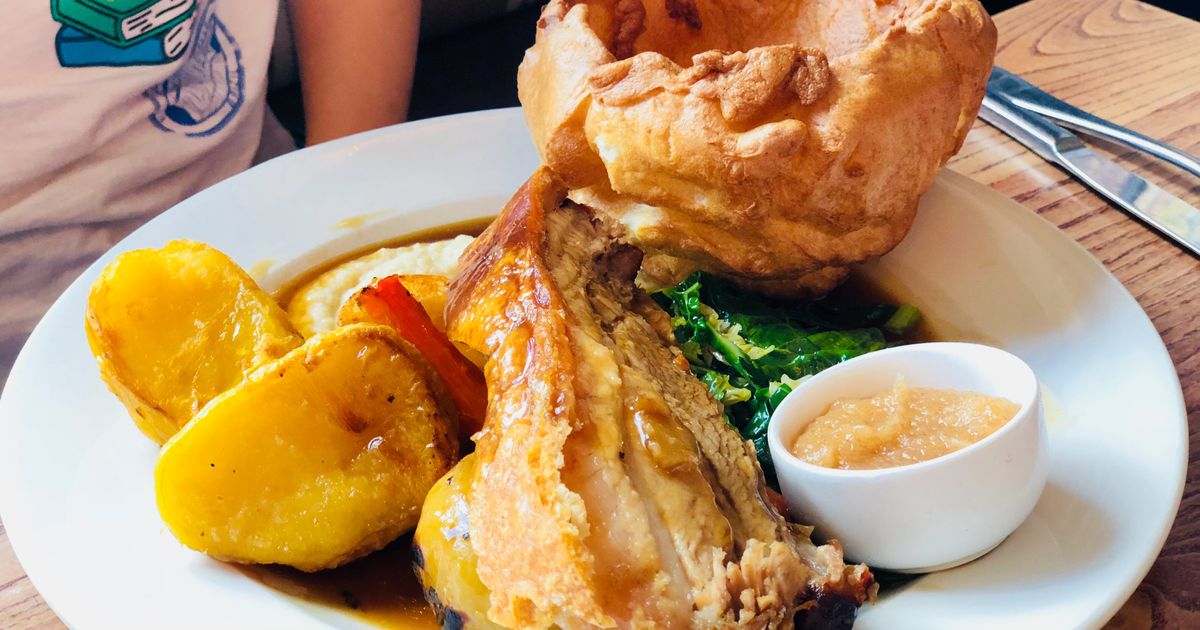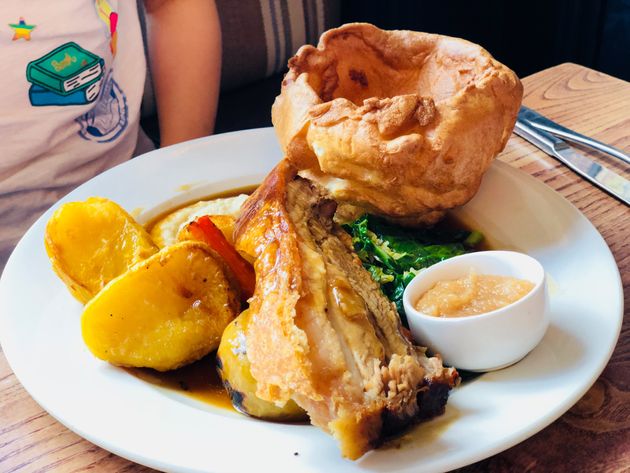
Low potassium is also known as ‘Hypokalemia’, and the health experts at Cleveland Clinic say: “Your body needs potassium to function correctly. It gets potassium through the food you eat.
“Hypokalemia is often caused by an excessive loss of potassium in your digestive tract due to vomiting, diarrhoea or laxative use.”
Advertisement
They also urge that if left untreated, Hypokalemia can cause serious heart rhythm problems and life-threatening paralysis may occur.
Probably best to stay on top of it, then…
The symptoms of low potassium to look for
According to Healthline, these are 7 crucial signs of low potassium:
- Weakness and fatigue
- Muscle weakness and cramps
- Digestive problems, such as bloating and constipation
- Persistent tingles and numbness
- Abnormal heartbeat
- Peeing more often than usual
- High blood pressure
While it is a good idea to try and eat potassium-rich foods, Healthline warns that this likely won’t be sufficient to treat a deficiency, saying: “Mild to moderate hypokalemia is typically treated with oral potassium supplements. In some cases, a healthcare professional may also need to adjust any other medications or treat underlying causes, like diarrhea, vomiting, or eating disorders.
Advertisement
“A potassium-rich diet is usually not enough to treat hypokalemia, since most potassium in food is paired with phosphate, not potassium chloride. Hypokalaemia often also involves a chloride deficiency, so it’s best to treat both deficiencies with potassium chloride supplements.”
However, if you are looking to prevent Hypokalemia, there are foods you can eat…
Potassium-rich foods
BBC Good Food advises that the following foods are high in potassium:
The food and cooking experts add: “As it’s water-soluble, potassium is lost during boiling, so it’s better to steam, bake or stir-fry vegetables. In addition, food processing reduces the amount of potassium in many foods and a diet high in processed foods and low in fresh fruits and vegetables may lack potassium.”
Advertisement
Brb, need to stock up.





